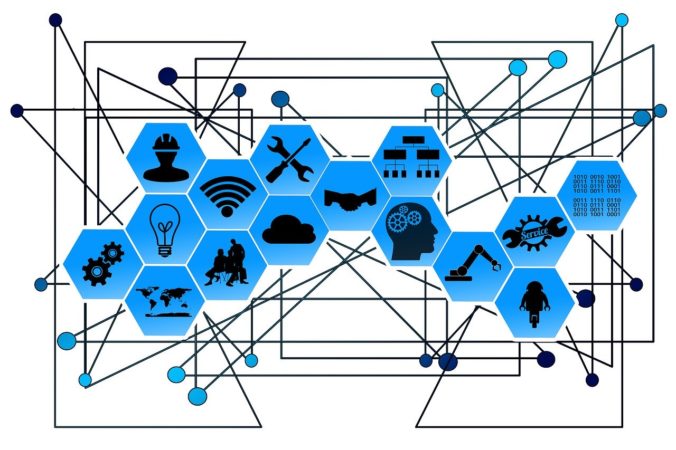Artificial Intelligence (AI) has rapidly evolved from a futuristic concept to a transformative force that has revolutionized various industries, including SEO (Search Engine Optimization) and digital marketing. As algorithms become smarter and more advanced, AI is now a pivotal tool that marketers and SEO experts rely on to enhance their strategies, streamline processes, and drive more effective campaigns. In this article, we’ll explore how AI is majorly impacting SEO and digital marketing, ushering in a new era of data-driven decision-making and personalized customer experiences.
- Enhanced Data Analysis
One of the most significant contributions of AI to SEO and digital marketing is its ability to process vast amounts of data in real-time. AI-powered tools can analyze user behavior, search patterns, and demographic information to provide insights that can be used to fine-tune marketing strategies. By understanding customer preferences and behaviors, marketers can tailor their content, advertisements, and overall campaigns to resonate more effectively with their target audience.
- Predictive Analytics
AI algorithms excel at recognizing patterns, enabling marketers to predict future trends and user behaviors with impressive accuracy. Predictive analytics help digital marketers anticipate shifts in consumer demands and adjust their strategies accordingly. This enables businesses to stay ahead of the curve and remain relevant in a rapidly changing digital landscape.
- Content Creation and Personalization
AI-driven content generation tools are changing the way businesses approach content creation. These tools can produce high-quality, relevant, and engaging content at scale, reducing the time and effort required for manual content creation. Additionally, AI enables marketers to personalize content based on user preferences and behaviors, leading to more meaningful interactions and improved user engagement. Furthermore, it allows for digital marketing to be done quicker at at greater scale.
- Voice Search Optimization
With the rise of voice assistants and smart devices, voice search has become a prominent way for users to interact with search engines. AI plays a crucial role in voice search optimization by understanding natural language and conversational queries. Marketers need to adapt their SEO strategies to accommodate these voice-driven searches, focusing on long-tail keywords and contextually relevant content.
- Chatbots and Customer Engagement
AI-powered chatbots have transformed customer engagement by providing instant responses to inquiries and guiding users through the buyer’s journey. These virtual assistants offer personalized recommendations, answer frequently asked questions, and provide round-the-clock support. This level of responsiveness enhances customer satisfaction and contributes to building strong brand-customer relationships.
- Algorithm Updates and SEO
Search engine algorithms are becoming more sophisticated and AI-driven, impacting how websites are ranked in search results. Marketers must stay updated with algorithm changes and adjust their SEO strategies accordingly. AI tools can analyze these updates and recommend necessary changes to ensure websites maintain their visibility and rankings.
- Data-Driven Insights
AI tools provide actionable insights by analyzing data across various touchpoints. These insights empower marketers to make informed decisions about their campaigns, ensuring they allocate resources to the most effective channels and strategies. From keyword analysis to competitor research, AI-driven insights streamline decision-making processes and improve ROI.
- Dynamic Pricing and Ad Campaigns
In the realm of e-commerce, AI is playing a pivotal role in dynamic pricing strategies and personalized ad campaigns. By analyzing market trends, competitor prices, and consumer behaviors, AI algorithms can adjust prices in real-time to maximize revenue. Similarly, AI-driven ad campaigns can be personalized to individual users, increasing the likelihood of conversion.
Conclusion
As AI continues to advance, its impact on SEO and digital marketing becomes increasingly profound. The integration of AI-powered tools and strategies empowers marketers to create more effective campaigns, engage customers on a deeper level, and stay ahead of industry trends. While the human element remains crucial for creativity and strategic thinking, AI provides the necessary support to enhance decision-making and drive results in the ever-evolving landscape of digital marketing and SEO. Embracing AI is no longer an option but a necessity for businesses aiming to thrive in the digital age.



